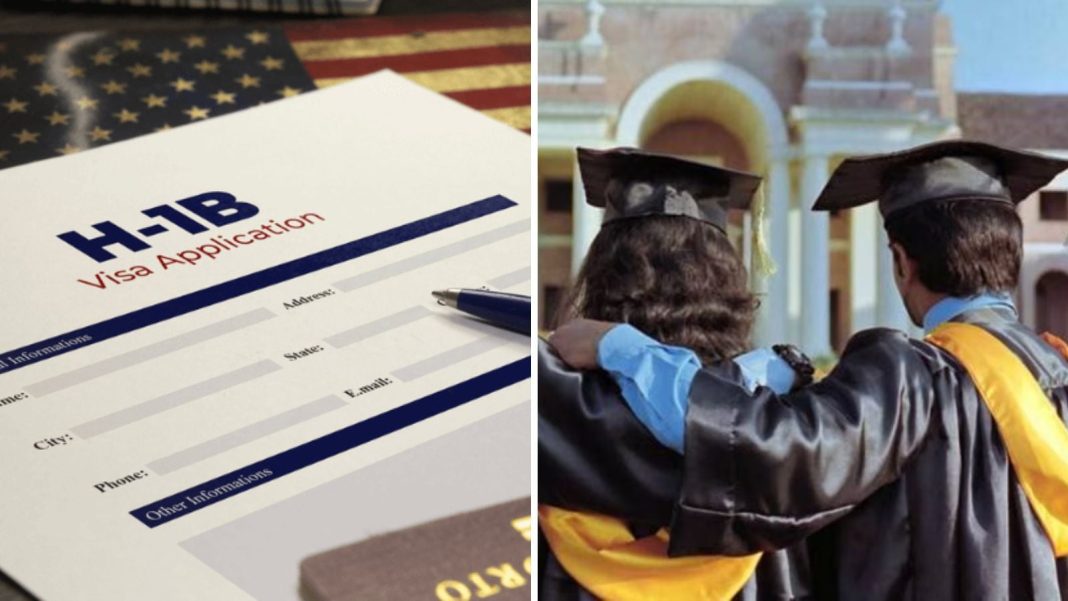Key Takeaways
- H-1B visa sponsorship in US job postings has plummeted from 10.9% to just 1.9%
- New $100,000 visa fee creates hiring uncertainty, especially affecting Indian graduates
- Tech industry sees the sharpest decline in sponsorship offers
- International students face immediate rejections despite strong qualifications
The H-1B visa sponsorship rate for international students in the US has crashed to just 1.9% after the Trump administration imposed a hefty $100,000 fee on new visa holders. This dramatic drop from 10.9% in 2023 has left thousands of foreign graduates, particularly from India, facing immediate job rejections and uncertain futures.
Sponsorship Offers Dry Up Across Industries
According to Handshake data cited by Bloomberg, full-time job postings offering visa sponsorship have seen a sharp decline. The tech sector experienced the most significant drop, falling to one-third of last year’s levels. Even retail giant Walmart, America’s largest private employer, has paused job offers for candidates requiring H-1B visas.
The timing compounds existing challenges in a slowing white-collar job market. Tech hiring has decreased, entry-level positions are shrinking due to AI replacement, and unemployment among recent graduates (ages 22-27) reached 5.8% in April – the highest since 2021.
Employer Uncertainty and Legal Challenges
University career centers report that companies are playing it safe, avoiding sponsorship uncertainties and potential rule changes. Some recruiters told Yale University they specifically avoid international students due to the nine-month gap between job offer and start date.
The US Chamber of Commerce has sued the Trump administration, calling the new rule illegal and warning of damage to hiring pipelines across technology, research, and consulting. Major H-1B users like Amazon, Microsoft, and Meta could be hardest hit.
Indian Graduates Bear the Brunt
In 2024, over 70% of H-1B visas went to Indian workers. The top visa recipient countries were:
- India: 283,397 visas
- China: 46,680 visas
- Philippines: 5,248 visas
- Canada: 4,222 visas
- South Korea: 3,983 visas
While the White House later clarified exemptions for recent graduates and certain student visa holders, implementation confusion has made employers cautious about long-term costs and paperwork.
Student Experiences: Dreams Deferred
Nearly 1.1 million international students currently study in US universities, many comparing their struggles with peers who found jobs easily just years earlier.
Ishaan Chauhan, who completed his computer and data science degree at University of Wisconsin-Madison, told Bloomberg: “It doesn’t matter if you went to the best university or you have the best GPA. The question is always: Will you need sponsorship? And that ends the conversation.”
Nikhil Kumar, pursuing his master’s at Clark University, experiences instant rejections: “Sometimes, the moment I apply, I get a rejection within seconds because I said yes to needing sponsorship.”
While understanding that American citizens deserve priority, Kumar finds the constant uncertainty and sudden rule changes particularly challenging for students who’ve made significant financial and personal investments in US education.




